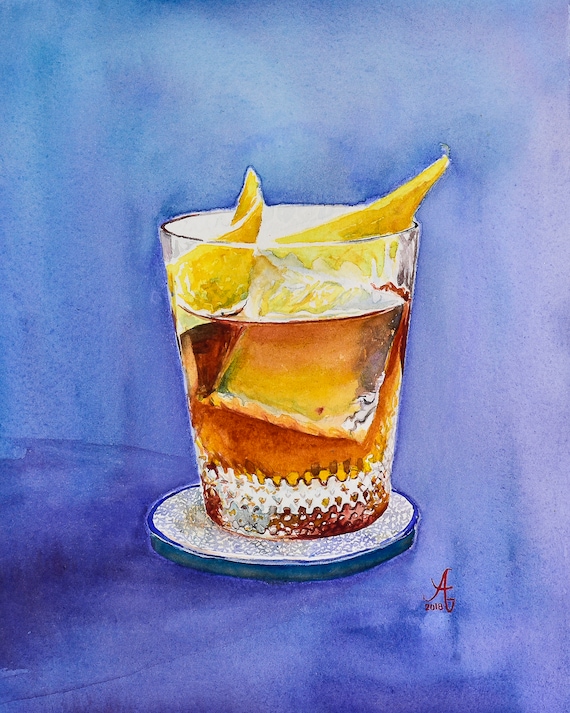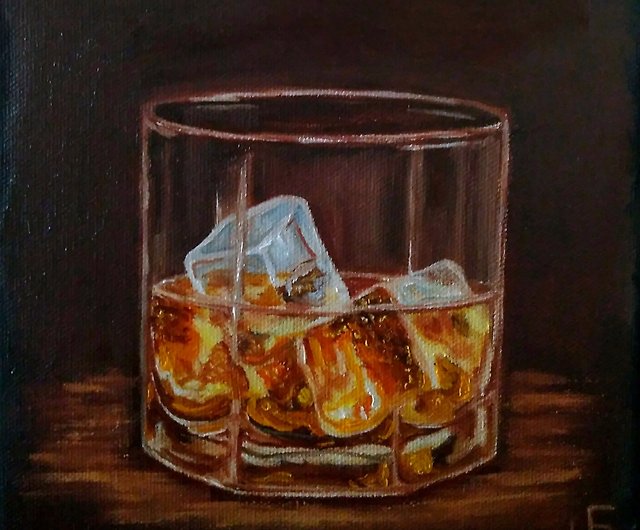The Value of Whiskey Art in Celebrating Heritage and Workmanship in the Beverage Industry
The complex connection between whiskey art and the party of heritage and workmanship within the beverage sector can not be overemphasized. Through attentively developed bottles and labels, scotch brands envelop their historical origins and the artisanal skills that specify their production methods.
The Historic Roots of Whiskey
At the heart of scotch's attraction lies an abundant tapestry of historical origins that map back to ancient human beings. The origins of bourbon can be linked to the purification practices of the Sumerians and Babylonians around 2000 BCE, where very early kinds of fermented grain beverages started to emerge. Nevertheless, it remained in the Middle Ages that the art of distillation evolved substantially, particularly in Ireland and Scotland, bring about the creation of scotch as we recognize it today.
The term "whiskey" itself originates from the Gaelic word "uisce beatha," suggesting "water of life." This phrase highlights the social significance of scotch in Celtic cultures, where it was usually connected with rituals, events, and public bonding. By the 15th century, purification became an acknowledged craft within reclusive areas, leading the way for the establishment of legal distilleries.
As trade paths increased, bourbon's appeal expanded, going beyond local boundaries and capturing the interest of lovers worldwide. Limited Edition. This historic trip shows not just the workmanship behind scotch manufacturing however additionally its indispensable duty in social and social contexts, noting it as a considerable drink throughout history
Artistic Expression in Branding
Whiskey branding stands as a compelling intersection of artistry and business, where aesthetic identification plays a crucial role in forming customer assumption. The visual appeals of whiskey labels, product packaging, and advertising and marketing products show not only the brand's tale but also its core values and heritage. Via imaginative expression, distilleries communicate a narrative that resonates with customers, stimulating emotions and sparking links.
Using color, typography, and images in branding serves to differentiate items in a saturated market. Conventional themes might stimulate a sense of credibility and workmanship, while modern-day designs can indicate innovation and forward-thinking. This calculated artistic instructions enhances brand acknowledgment and loyalty, permitting consumers to create an individual connection with the whiskey they select.
Moreover, creative expression in branding often acts as a celebration of regional heritage. Distilleries often incorporate regional signs or historic recommendations right into their designs, creating a feeling of area that invites consumers to engage in a broader cultural experience. Eventually, the virtuosity behind scotch branding not only improves visual charm however additionally enriches the overall narrative of the brand name, fostering a deeper admiration for the workmanship and heritage embedded in each container.
Workmanship in Bottle Layout
The artistry obvious in scotch branding expands past aesthetic identity to incorporate the craftsmanship associated with bottle layout. Each bottle offers as a vessel not simply for the spirit within, but likewise for the tale it outlines its top quality, beginning, and custom. The style process needs precise interest to detail, as elements such as form, closure, and product contribute significantly to the overall perception of the bourbon.
Workmanship in bottle design entails selecting top quality glass that can enhance the bourbon's shade and clearness, while also providing a responsive experience for the customer. The silhouette of the bottle must be both useful and cosmetically attractive, commonly showing the heritage of the brand. Several distilleries go with special shapes or printed logos that evoke a feeling of authenticity and background.
Additionally, the tag style and typography play an essential role in connecting the brand's story. Whiskey Art. A well-crafted container not only captivates the customer's eye but additionally reinforces the brand's dedication to high quality and practice. In this method, the workmanship of container design ends up being a vital facet of the whiskey experience, merging virtuosity with an extensive regard for heritage
Social Importance of Scotch Art
Celebrating practice and craftsmanship, the social significance of scotch art goes beyond simple aesthetic appeals, linking with the historic and social stories of the regions where it stems. Each bottle works as a canvas, illustrating the unique stories, mythology, and practices that have shaped neighborhood whiskey-making practices. The elaborate layouts frequently show the heritage of the distillers, incorporating signs and concepts that reverberate with the culture and values of their neighborhoods.

On top of that, bourbon art plays a crucial role in common events and parties, working as a substantial link over here in between individuals and their shared experiences. By appreciating the virtuosity in whiskey product packaging, customers cultivate a deeper understanding and respect for the craft, ultimately improving their enjoyment of the beverage itself.
Modern Trends in Bourbon Presentation
Recently, the discussion of whiskey has progressed to mirror contemporary tastes and trends while still recognizing typical craftsmanship - Limited Edition. Distilleries are increasingly concentrating on aesthetic aspects that boost the overall drinking experience, connecting the space in between heritage and modernity
Ingenious container layouts have actually arised, frequently click resources integrating lasting products and imaginative labels that tell compelling stories. Numerous brand names currently team up with neighborhood artists, infusing their products with unique visual expressions that resonate with consumers. Furthermore, limited-edition releases are commonly packaged in collectible containers, including worth and appeal for aficionados.

Final Thought
In conclusion, scotch art serves as a vital channel for expressing the heritage and craftsmanship fundamental in the beverage industry. With elaborate branding, cutting-edge container layouts, and culturally substantial artistic aspects, bourbon brand names efficiently honor their traditions and attach with customers.


Workmanship in container design involves picking high-quality glass that can boost the scotch's color and quality, while additionally supplying a tactile experience for the consumer. In this means, the craftsmanship of bottle layout ends up being a vital facet of the scotch experience, merging virtuosity with an extensive respect for heritage.
In final thought, whiskey art offers as a crucial conduit for sharing the heritage and workmanship fundamental in the drink market.